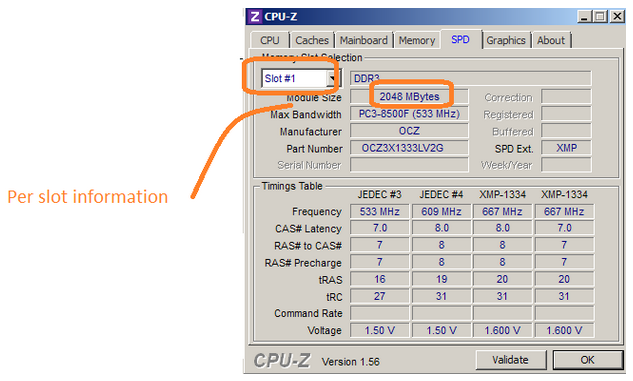
In our example, the domain ID is 00:02.0, so we run the command lspci -v -s 00:02.0 to get more details. The -v specifies that we want verbose (detailed) information, and the -s specifies that we want information only about the device number domain-id. Run lspci again, with the options -v -s domain-id.In this example, our VGA controller's ID number is 00:02.0.

This number is the domain identifier for that PCI device, and we use it in the next step to get more detailed information.
Make note of the number at the beginning of this line. The line you are looking for is labeled VGA compatible controller. First, run lspci with no options to list information about all your PCI devices. Follow these steps to find out how much video memory you have. On a Linux system, you can see the specifics of your graphics hardware using the command line utility lspci. In the Graphics information line, you see details about your graphics hardware, including the amount of video memory. From the Apple Menu in the upper-left corner of your screen, select About This Mac. Your GPU's memory is shown next to the Memory Size entry, under Adapter Information. Right-click the desktop and select Properties. Your video card's memory is displayed on the Adapter tab, next to the Dedicated Video Memory entry (shown below). A new window should appear with your video adapter's properties, similar to the image shown below. On the middle of the right side of the screen, click the Advanced settings. Under the Appearance and Personalization, click Adjust screen resolution. 
Press the Windows key, type Control Panel, and then press Enter.For further information about storage sizes, see: How much is 1 byte, kilobyte, megabyte, gigabyte, etc.? Windows Vista and Windows 7 To determine how many gigabytes (GB) of memory that is, divide it by 1024. In the above picture, the video card has 2048 MB of memory.






 0 kommentar(er)
0 kommentar(er)
